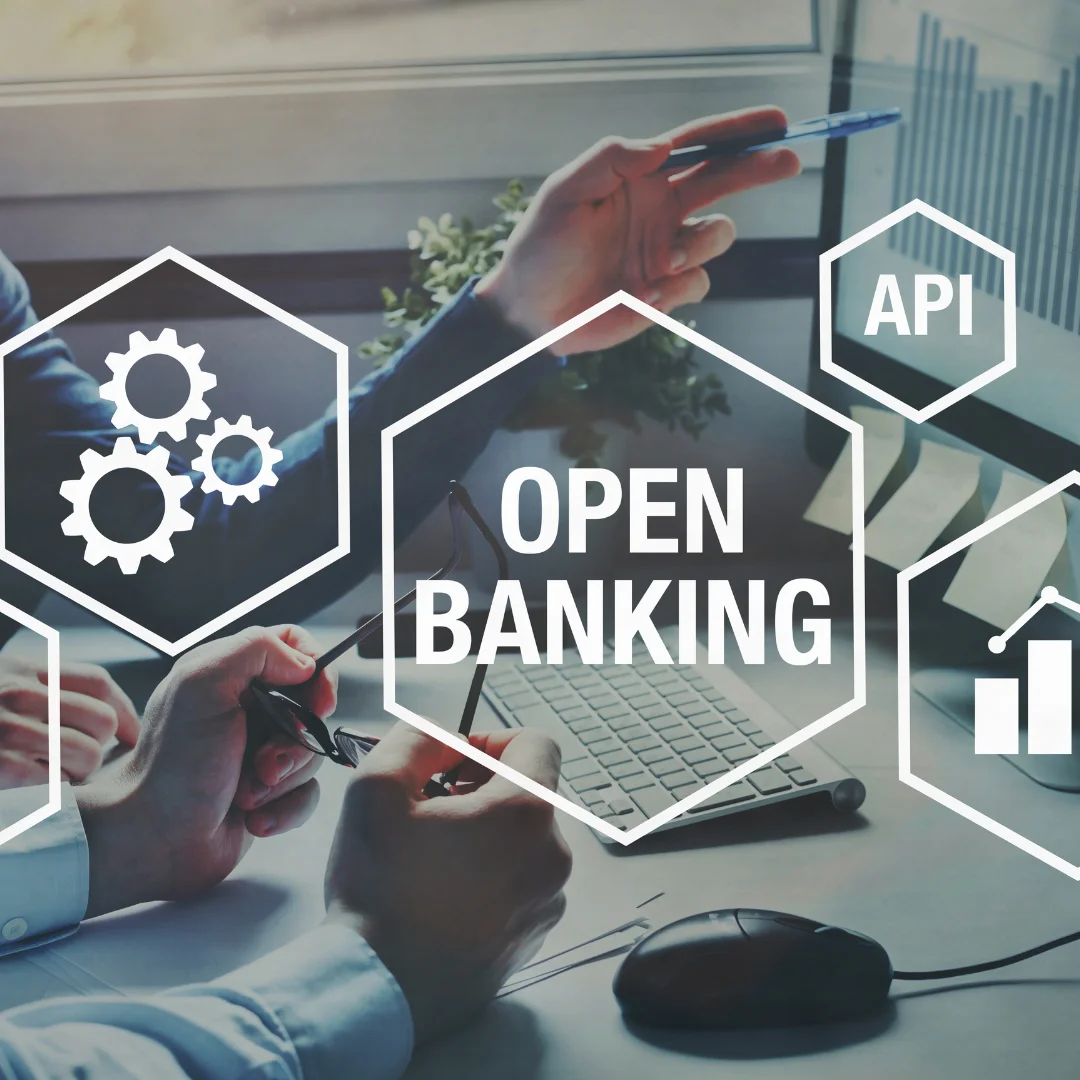In recent years, financial technology, or fintech has changed the way we make payments. From online shopping to peer-to-peer delivery, fintech has streamlined and simplified the business process. With the rise of digital payments, fintech has emerged as a key player, driving innovation and transforming the financial services landscape. This article explores the role of fintech in digital payments and its impact on individuals and businesses.
FinTech has disrupted traditional payment systems by leveraging technology to create more efficient, secure, and convenient solutions. One of the key areas where fintechs have made significant strides is in mobile payments. Mobile wallets such as Apple Pay, Google Pay, and Samsung Pay have been widely adopted, allowing users to make payments with their smartphones. This wallet securely stores payment information and allows for easy transactions, eliminating the need for physical cards or cash.
Additionally, fintech has enabled peer-to-peer payments, allowing individuals to send money directly to each other using mobile apps. This has changed people splitting money, sharing expenses, and sending money to family and friends. Fintech companies such as Venmo, PayPal, and Cash App have become household names providing fast, affordable, and convenient payment solutions for users.
Fintech also plays an important role in e-commerce. Online commerce has grown exponentially, and fintech has provided the infrastructure for secure and efficient digital transactions. Payment methods such as Stripe and PayPal have emerged as trusted intermediaries, facilitating online payments between buyers and sellers. These gateways offer robust security measures, fraud detection systems, and multiple payment options, providing customers with a seamless and secure shopping experience.
Additionally, fintech has enabled contactless payments to be accepted. Near Field Communication (NFC) technology and QR codes have enabled tap-and-go payments, making transactions faster and easier. This has become especially important in the wake of the COVID-19 pandemic, as contactless payments reduce physical contact and reduce the risk of infection spread.
Another important contribution of fintech to digital payments is the development of blockchain cryptocurrencies. Blockchain, the technology behind cryptocurrencies such as Bitcoin and Ethereum, provides a secure and transparent transaction process. It eliminates the need for intermediaries, reduces transaction costs, and enables faster payments across borders. Fintech companies have developed financial systems using blockchain technology, providing financial services to unbanked and underserved populations.
In addition to customer-centric solutions, fintechs have also transformed business-to-business (B2B) payments. Traditional methods like checks and wire transfers are time-consuming, expensive, and prone to errors. Fintechs have introduced automated invoicing, digital payment platforms, and supply chain finance solutions to streamline B2B transactions and improve financial management for businesses.
Fintech’s role in digital payments goes beyond providing convenience and efficiency. It also has the potential to achieve economic inclusion. Traditional banking services are beyond the reach of many individuals, especially in developing countries. Fintech has filled this gap by providing digital wallets, microfinance platforms, and lending solutions to unbanked communities. It empowers individuals and small businesses through financial services and opportunities for economic growth.
However, the rapid pace of fintech has raised concerns about privacy, data security, and compliance. As fintech companies handle sensitive financial matters, strong cybersecurity policies and strict adherence to data protection laws are critical to ensuring customer confidence.
In conclusion, fintech has a transformational role to play in the digital payments space. It has revolutionized mobile payments, peer-to-peer transactions, e-commerce, contactless payments, and B2B payments. Fintech’s innovations have made financial transactions easier, safer, and more convenient for individuals and businesses. The emergence of mobile wallets, payment gateways, and peer-to-peer payment services have streamlined the payment process, eliminating the need to physically use cash or cards This has not only increased convenience but paved the way for financial inclusion by providing services to the unbanked and underserved populations.






